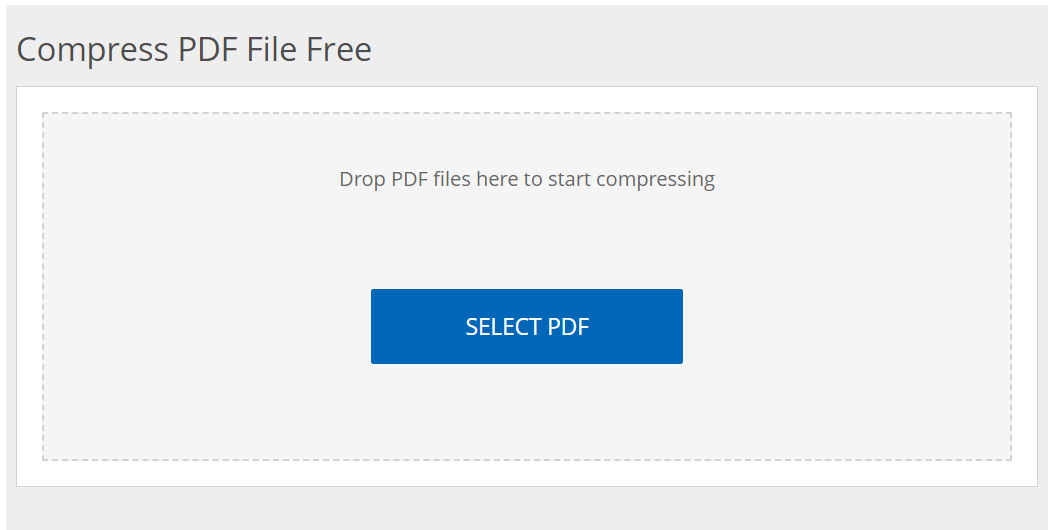
Mastering PDF Compression: Your Comprehensive Guide
In today’s digital age, efficient management of files has become a necessity rather than a luxury. (Portable Document Format) are popular for sharing documents due to their versatility and ease of use. However, large PDFs can be cumbersome to email, store, or upload. If you’ve ever faced the frustration of dealing with oversized PDF files, you’re not alone. In this blog post, we will delve into the ins and outs of PDF compression, exploring its importance, various methods, and tools available for effective compression.
Understanding PDF Compression
PDF compression is a technique used to reduce the file size of a PDF document. This process is essential for several reasons:
- Ease of Sharing and Storage: Smaller files are easier to send via email and occupy less space on storage devices.
- Faster Loading Times: Compressed files load faster on websites and applications, enhancing user experience.
- Mobile Accessibility: On mobile devices, smaller file sizes mean quicker downloads and less data usage.
How PDF Compression Works
PDF compression primarily involves two techniques: lossless and lossy compression.
- Lossless Compression: This method reduces file size without losing any data. It is particularly effective for text-based PDFs. When you compress a file using this technique, the original quality of the document remains intact.
- Lossy Compression: This technique reduces file size by removing some data, which can affect the quality of images or graphics within the PDF. It’s suitable for files where quality is less critical, such as presentations or promotional material.
Did You Know? The recommended maximum size for email attachments is typically 10MB. Keeping your PDFs below this threshold helps ensure easy delivery and accessibility.
Methods to Compress PDF Files
There are several practical ways to compress PDF files, ranging from using software applications to online tools. Let’s explore these methods in more detail.
1. Online PDF Compressors
Online tools offer a quick, user-friendly solution for compressing PDF files. Some of the most popular options include:
- Smallpdf: This platform allows users to upload and compress PDFs quickly without compromising quality. An added advantage is its user-friendly interface.
- ILovePDF: Offering batch processing, ILovePDF simplifies the compression of multiple files at once.
- Adobe Acrobat Online: Renowned for its quality, Adobe’s online tool provides reliable PDF compression, although registration may be required for some features.
Steps to Use Online Tools
- Visit your chosen PDF compression tool site.
- Upload the PDF file.
- Select the compression level (if applicable).
- Download the compressed file.
2. Desktop Applications
For those who prefer offline solutions, desktop applications are an excellent choice. Software such as:
- Adobe Acrobat Pro DC: A comprehensive tool that not only compresses PDFs but also offers extensive editing and sharing functionalities.
- PDFsam Basic: A free, open-source tool that provides various features, including PDF compression.
Steps for Using Desktop Applications
- Open the PDF file in the application.
- Select the compression option.
- Choose the desired compression settings.
- Save the new, smaller PDF file.
3. Manual Compression Techniques
If you want to control the compression process, consider manually adjusting elements of your PDF:
- Reduce Image Resolution: High-resolution images significantly increase file size. Downscaling images or changing formats can be effective.
- Remove Unnecessary Elements: Pages or images that are not essential for your document can be deleted to reduce size.
- Convert Text to Outlines: For graphical texts, converting them to vector format can help decrease size without losing readability.
Pro Tip: Always keep a backup of your original PDF before compression, especially if using lossy compression methods.
Choosing the Right Method: Considerations
When deciding on a PDF compression method, consider the following factors:
- File Size Reduction Needs: If you need significant size reduction, lossless methods may not yield satisfactory results compared to lossy methods.
- Document Importance: For critical documents, prioritize quality and consider lossless compression methods.
- Privacy Concerns: Be cautious when using online tools for documents containing sensitive information. Opt for trusted applications or desktop software.
Conclusion
PDF compression is an invaluable skill in today’s digital landscape, allowing for the effective management of file sizes without compromising quality where it matters. Whether you choose an online tool, a desktop application, or opt for manual techniques, understanding your needs and the potential trade-offs can lead to more efficient document handling.
Now that you’re equipped with knowledge on how to effectively compress PDF files, why not give it a try? Compress a PDF and experience the difference—it might just streamline your workflow significantly!
Call to Action: Have you successfully compressed a PDF using any methods or tools? Share your experiences or if you have any other tips in the comments below!
For additional resources on PDF tools, check out Adobe PDF Tools or explore more features on Smallpdf.
Happy compressing!

